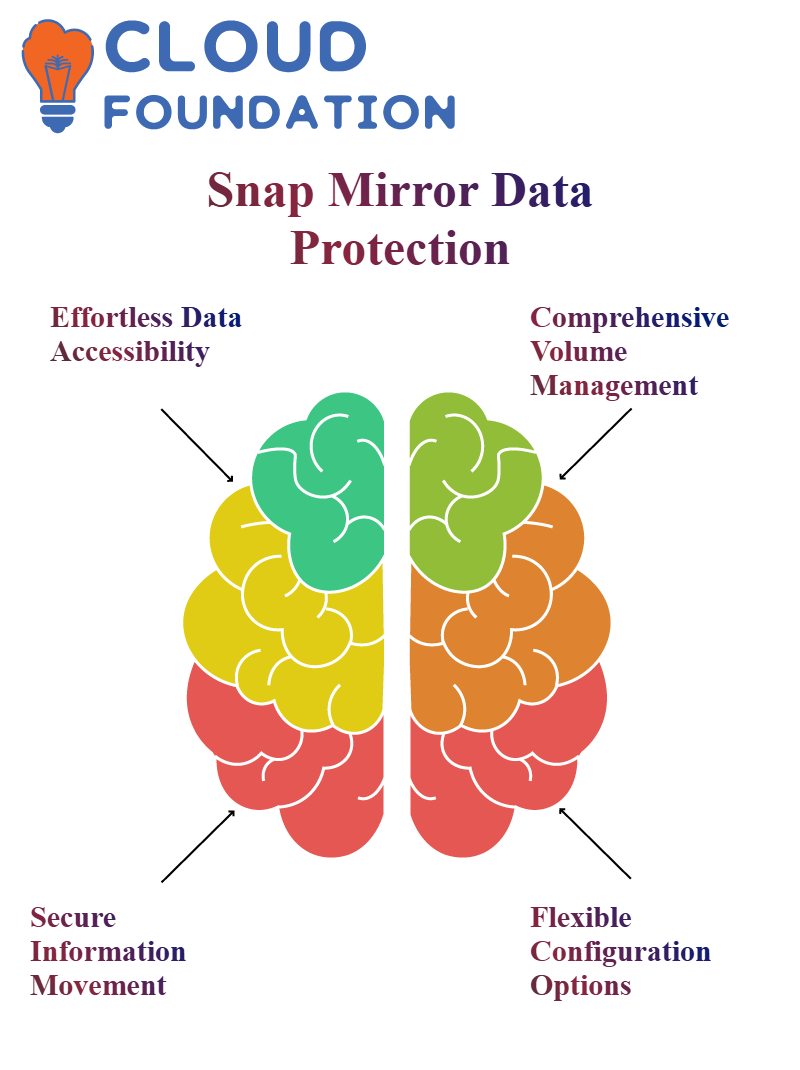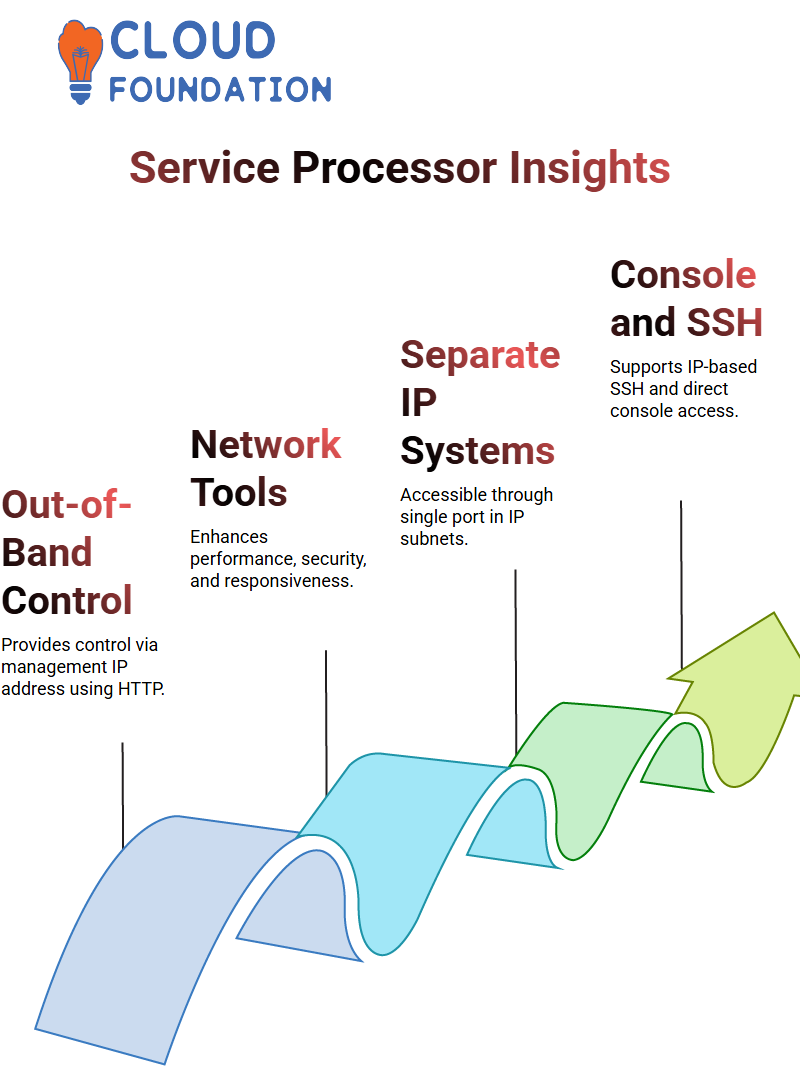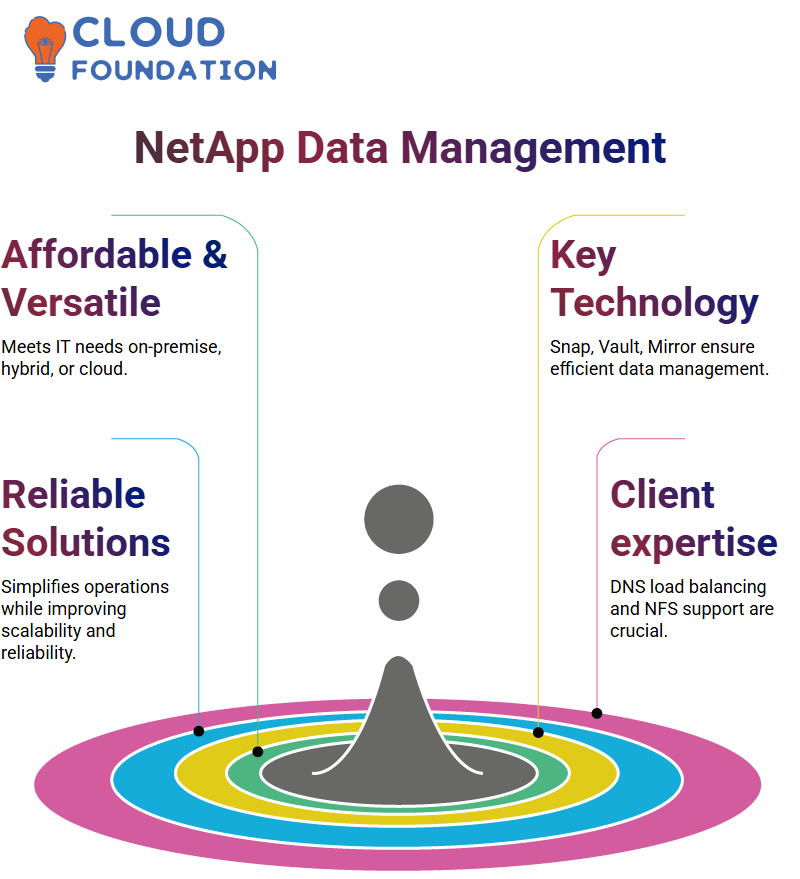NetApp Tutorial
What is NetApp
NetApp provides data infrastructure with CloudOps solutions, uniform storage services, and combined data services for various environments, such as on-premises storage systems, the cloud, or mixed clouds.
They offer options for safeguarding business information while controlling and storing it safely and efficiently.

Snap in NetApp
Snap is an invaluable tool for efficiently handling snapshots in a system. It provides users with efficient snapshot management capabilities and helps ensure data remains safe and up-to-date.
By employing an efficient snapshot vault policy, users can ensure consistent backup systems, ensuring data remains up-to-date and protected. Labels may be applied daily, weekly or monthly based on scheduled snapshots.
Snap Vault in NetApp
Snap Vault is an essential tool for effectively managing data within its system. It offers commands, including creating volumes and mirror relationships and initiating baseline transfers.
Snap Vault was built to handle large volumes of data across its structure consistently. Policies are frequently reviewed to keep processes smooth, and a schedule must also be specified to guarantee smooth operations.
Snap Vault provides an effective method for efficiently replicating data across sources and volumes while offering several advantages over traditional tape backup solutions, including faster, simpler, and less storage-intensive processes.
Stor Next is an effective disaster recovery solution that offers the long-term storage capabilities of snapshot backups. This allows multiple snapshots to be maintained as backups over an extended period. Stor Next can also be used for staging purposes and remote tape-to-tape functionality.
Replication systems provide cost-effective data storage and backup. Their design makes this task even simpler: the source and destination systems do not share hardware/disks/drives for cost-cutting reasons, meaning production clusters may be used if higher performance data storage needs arise; SSD or SAS drives may even be employed if more speedy performance is desired.
As this system is inaccessible to clients, no high-performance drives are needed; instead, SATA drives can store backups from the past. Furthermore, this system uses the Snap Vault replication engine, similar to DPD mirrors from Snap Vault.
Snap mirror in NetApp
“Stat mirrors” usually refer to Snap Mirror, a compelling data copy and protection solution from NetApp that lets you move information securely between storage systems for disaster recovery purposes or between different storage devices and cloud services such as Dropbox.
The Snap Mirror Protect command is invaluable for simultaneously overseeing and safeguarding multiple volumes within a system. Users can configure numerous volumes simultaneously using their path list functionality before creating snapshot relationships among all three volumes in any combination.
This works equally well whether multiple volumes exist within an organisation.

The snap mirror protect command enables users to define a V server, policy, schedule and auto-initialise option at their destination V server location. They also have control over whether to utilise auto-initialise. Volume prefix and suffix can also be specified as options when configuring this command.
Snap Mirror Protect can schedule multiple or just one volume and allows users to set policies and schedules accordingly; when initialising, the auto-initialisation mode defaults to either true or false, depending on preference.
Destination volumes may be created from their source side and on both ends (prefix and suffix).
storage architecture in NetApp
The storage architecture was tailored explicitly for virtual machines, offering disks and aggregates at the cluster level to store both logical resources that need immediate access and physical ones that should remain hidden behind a line.
NetApp utilises its storage architecture, which uses SANS, logical resources, and storage virtual machines, to present storage to clients efficiently and safely. This architecture ensures clients access data appropriately while also guaranteeing secure management.
Storage Virtual Machines (SVMS) in NetApp
Storage Virtual Machines (SVMSS) are virtual machines that manage and control data stored on clusters. They have namespaces, administrators, interfaces, and configurable levels that vary based on the configuration options available to them.

Understanding their details is vital in effectively handling data management.
SVMS are versatile tools designed to organise data across applications efficiently. Each can be shared or split up depending on its requirements; depending on which is necessary.
Considerations should also be given to any possible adverse outcomes of not adhering to any SVM or aggregate and their risks. By understanding their operation and risks associated with their usage, organisations can make informed decisions regarding their data management strategies.
Before Ontap, these systems were known as V servers, and their official names were simply V. In Ontap’s previous releases, they remained known by this moniker until officially changing to SVMS, and the Ontap system manager GUI also referred to them as such.
SVM provides its namespace where administrators can be configured, while cluster-level configuration provides even further levels of SVM management.
cluster management logical interface (CMI) in NetApp
The cluster management logical interface (CMI) is a crucial system component. The cluster management IP address and node SVM are assigned to each physical node in the cluster.
These nodes represent each physical node and are associated with the node management lifts, the only SVMS on the system.
Hardware-assisted field in NetApp
Hardware-assisted fields (HAFS) are features designed to speed up takeover and failover procedures in High-Availability pairs. They bypass traditional heartbeat monitoring for takeover by using Service Processors on each node to quickly identify faults and alert their partner nodes about potential disruptions.
Hardware-assisted field over can is a system that offers better stability and control, yet may cause unexpected delays before takeover occurs. Controller one problems could cause service processing to shut down because constant monitoring by its controller could bring it down altogether.
Service processors immediately detect when one controller goes down and notify their backup controller, who immediately takes over to avoid waiting time and ensure HEA takes effect more swiftly.
Service processor in NetApp
Service Processor (SP) or Base Management Controller (BMC) systems provide out-of-band control. If your cluster is acting up, connect to its management IP address via HTTP to see what’s happening.

Service processors can be invaluable tools in managing and controlling network environments, offering extra benefits like improved performance and security. Users can maximize their service processor experience by making sure it remains available and responsive to their needs.
Service processors are separate systems with different IP addresses that can still be reached using one port in their respective IP subnets.
A service processor can use SSH to its IP address or connect over the console. Once set, both sources must be in a state that allows and saves controller operations; additionally, it has their command lines that can be accessed directly via a console session.
Network File System in NetApp
NetApp employs NFS (Network File System) to allow Linux and Unix clients to share and view files across networks. Through NFS – an open standard protocol – clients can access NetApp storage volumes as local file systems; customers may then export these routes on NetApp storage systems as needed.

DNS load balancing in NetApp
DNS load balancing in NetApp ONTAP helps distribute network traffic evenly among different Link Aggregation Groups (LAGS) or data LIFS so no single one becomes too overburdened; using a load-balance zone, client connections are directed toward the least busy LIF to facilitate this strategy.
Netapp Volumes
NetApp storage systems use volumes as logical containers of information, which provides a flexible method of organising storage resources efficiently and logically. Applications, databases, and file systems may all access this area for storage needs.
Volumes simplify managing and using storage array resources by providing controlled creation and distribution of storage space.Volumes provide users access to data below the IP addresses used to connect to systems.
Each department and data lab has individual volumes tied to individual SVMSS with unique logical interfaces containing its own namespace or directory structure for easy user navigation.
Conclusion
NetApp provides an affordable yet versatile data management and storage solution, meeting IT infrastructure needs in on-premise, hybrid, or cloud environments.
NetApp’s key technologies – Snap, Vault and Mirror – ensure efficient snapshot management, data replication reliability and fast disaster recovery.

Their advanced storage architecture features Storage Virtual Machines (SVMS), logical interfaces and service processors to deliver secure, scalable, high-performing data handling.
Features like DNS load balancing and support for protocols like NFS are crucial to creating an excellent client experience. Overall, NetApp provides an effective suite of tools designed to simplify data operations while improving reliability, performance, and scalability for enterprises of any size.

Vinitha Indhukuri
Author



